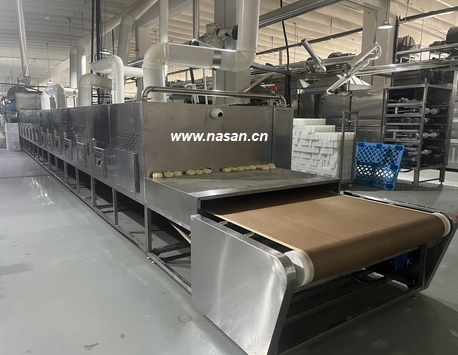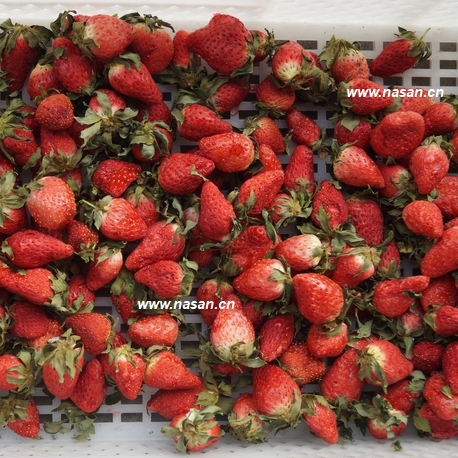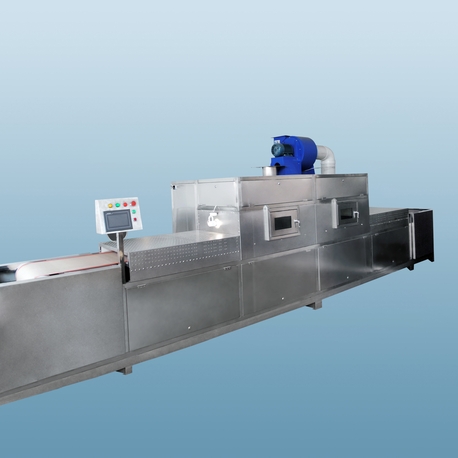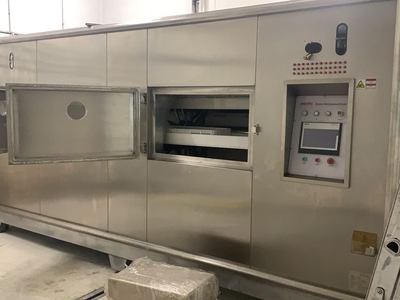When dealing with large harvests, the difference between profit and loss often comes down to post-harvest processing. For spice processors and commercial farmers, a dedicated chilli dryer is not a luxury but a critical piece of equipment. Unlike traditional sun-drying, which is unpredictable and leads to contamination and mould, an industrial drying system offers control, speed, and quality assurance. This guide delves into the technical workings, cost considerations, and selection criteria for chilli dryer systems, providing the essential knowledge needed to make an informed investment.
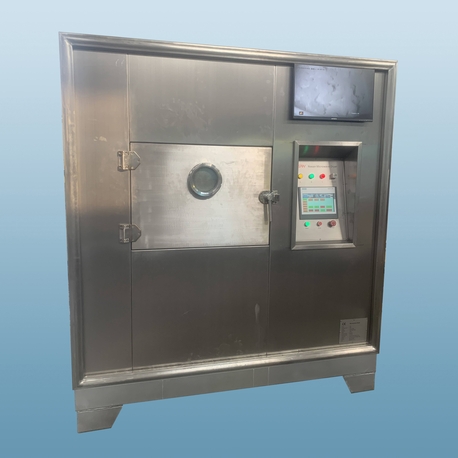
Understanding the Need for a Dedicated Chilli Drying System
The primary goal of drying chillies is to reduce their moisture content from approximately 80% to a stable 10% or less. This process inhibits the growth of microorganisms, preserves colour and pungency (Scoville rating), and extends shelf life for international markets. Sun-drying, while low-cost, is fraught with challenges. It is entirely weather-dependent, exposing the crop to dust, insects, and fungal growth like aflatoxin. The uneven drying results in a mixed-quality batch, where some chillies rot while others become overly brittle.
An industrial chilli dryer solves these problems by creating a controlled environment. It ensures uniform air circulation and temperature, leading to a consistent, high-quality product that meets stringent food safety standards. For any business serious about supplying the global spice market, this level of quality control is non-negotiable.
Key Technologies in Modern Chilli Dryers
Not all drying systems are created equal. The technology behind the chilli dryer directly impacts the final product's quality, energy consumption, and operational cost. The two most prevalent systems in the industry are heat pump dryers and convection dryers.
Heat Pump Chilli Dryer: This is widely considered the most advanced and energy-efficient technology for sensitive products like chillies. A heat pump chilli dryer works by transferring heat from the surrounding air into the drying chamber, effectively dehumidifying the air in the process. It operates at lower temperatures (typically 40-50°C), which is ideal for preserving the vibrant red colour and volatile capsaicin oils that give chillies their heat. While the initial investment is higher, the significantly lower running costs and superior product quality offer a strong return on investment for high-volume processors.
Convection Chilli Dryer: Also known as hot air dryers, these systems use a burner (electric, gas, or biomass) to heat air, which is then forced through the drying chambers. They are generally lower in upfront cost and can achieve higher temperatures, making them faster for some applications. However, the risk of scorching or over-drying is higher if not carefully managed, which can degrade colour and potency. They are a robust choice for operations where initial capital is a primary constraint and fuel sources are cheap.
Critical Selection Factors for Your Operation
Choosing the right chilli dryer requires a careful analysis of your specific needs. Here are the primary factors to consider:
Capacity and Throughput: Assess your daily or seasonal processing volume. Dryer capacity is typically measured in kilograms of fresh chillies per batch or per hour. Investing in a system that is too small creates a bottleneck, while an oversized machine incurs unnecessary capital and energy expenses.
Drying Efficiency and Energy Source: The cost of operation is a lifetime expense. Evaluate the specific energy consumption of different models (kW per kg of water removed). A heat pump chilli dryer, for instance, can be 50-60% more efficient than a conventional electric convection dryer. Also, consider the availability and cost of energy sources like electricity, natural gas, or biomass in your region.
Control Systems and Automation: The level of control over temperature and airflow is crucial for quality. Basic models may have manual controls, while advanced systems feature programmable logic controllers (PLCs) that automatically manage the entire drying cycle. Automation ensures batch-to-batch consistency and reduces the potential for human error.
Hybrid Drying Capabilities: Some of the most efficient modern systems are hybrid models that combine heat pump and convection technologies. These systems can use the most energy-efficient method for the bulk of the drying cycle and switch to higher heat for the final stages, optimizing both time and energy use.
Analyzing the Cost and Return on Investment
The price of an industrial chilli dryer can vary widely, from several thousand to hundreds of thousands of dollars, depending on its capacity, technology, and level of automation. A small-capacity convection unit will be at the lower end, while a large, fully automated heat pump chilli dryer will represent a significant investment.
Beyond the purchase price, a true cost analysis must include:
Installation Costs: Foundations, electrical work, and ducting.
Energy Consumption: The ongoing cost of electricity or fuel.
Maintenance: Regular servicing of components like fans, heaters, and compressors.
Labour: Automated systems reduce labour costs significantly.
The return on investment (ROI) is realized through higher-quality output that can be sold at a premium, reduced spoilage rates, and lower energy bills. For a business scaling up, the ability to reliably process large batches to meet contract specifications often justifies the capital outlay within a few seasons.

Operational Best Practices for Optimal Results
To get the most out of your chilli dryer, follow these operational guidelines:
Preparation: Chillies should be sorted and washed before loading. Piercing the skin of thicker-walled varieties can significantly reduce drying time.
Loading: Do not overload the drying trays. Ensure even spreading to allow for consistent airflow around every chilli.
Temperature Profiling: Start with a moderate temperature to remove surface moisture without case-hardening (forming a hard shell that traps interior moisture). Gradually increase heat as needed. The low-temperature operation of a heat pump chilli dryer makes it less susceptible to this issue.
Cooling: After drying, allow the chillies to cool down gradually in a dry environment before packaging to prevent condensation.
Selecting the right chilli dryer is a strategic decision that impacts product quality, operational efficiency, and profitability. By understanding the core technologies—particularly the benefits of a heat pump chilli dryer for quality-centric operations—and carefully evaluating factors like capacity, running costs, and control systems, businesses can invest in a solution that not only preserves their crop but enhances its market value. In the competitive global spice trade, the right drying technology is a powerful advantage.
Frequently Asked Questions (FAQ)
Q1: What is the average drying time for chillies in an industrial dryer?
A1: The drying time in an industrial chilli dryer varies based on the chilli variety, initial moisture content, and the dryer's technology. Thin-skinned varieties may dry in 8-12 hours in a high-efficiency system, while thicker chillies like Jalapeños can take 18-24 hours or more. A heat pump chilli dryer typically has a longer cycle than a high-temperature convection dryer but produces a far superior colour and potency retention.
Q2: Can the same dryer be used for other agricultural products?
A2: Yes, most industrial chilli dryer systems are versatile and can be calibrated to dry a wide range of produce, including onions, garlic, herbs, fruits, and other vegetables. The key is the ability to precisely control temperature and airflow to suit the specific sensitivity of each product.
Q3: How does a heat pump chilli dryer save energy compared to a traditional one?
A3: A heat pump chilli dryer saves energy by using a refrigerant cycle to move heat from the environment into the drying chamber, rather than generating heat directly through electrical resistance or combustion. This process is inherently more efficient, often using less than half the electricity of a conventional electric convection dryer for the same amount of water removed.
Q4: What kind of maintenance does an industrial chilli dryer require?
A4: Regular maintenance is crucial for longevity and efficiency. This typically includes cleaning air filters and drying trays after each batch, periodically checking and cleaning heat exchangers, inspecting fan belts for tension, and ensuring electrical connections are secure. For heat pump chilli dryer units, professional servicing of the refrigerant circuit may be required annually.
Q5: Is it possible to control the final moisture content precisely?
A5: Absolutely. Advanced chilli dryer models are equipped with humidity sensors and programmable logic controllers (PLCs) that allow operators to set a target moisture content. The system automatically adjusts the drying cycle and shuts off when the desired, precise level is achieved, ensuring perfect consistency for every batch.


